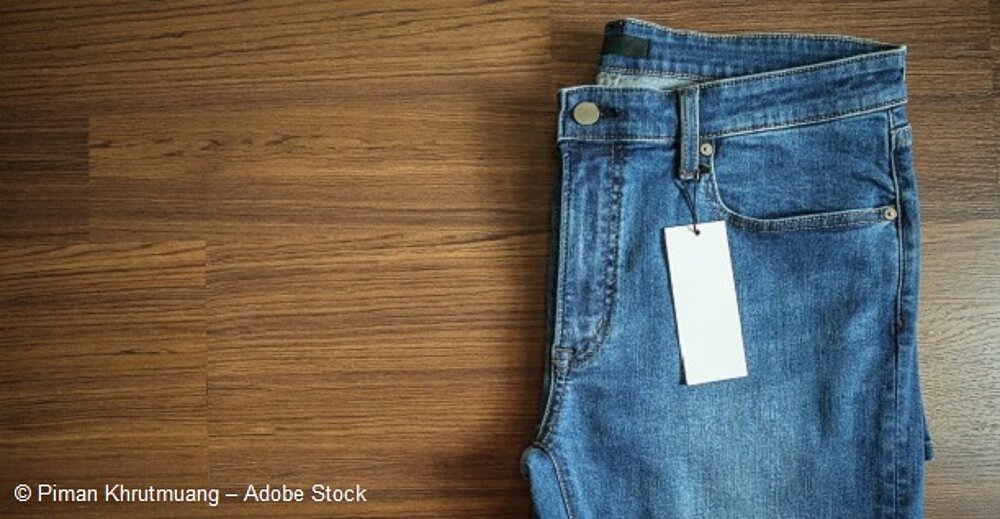Find out today what the legal world will be talking about tomorrow.
14.03.2020
Model names in the clothing sector are not always to be considered trademarks

The use of a first name on a website as a model name for trousers (in the case at hand "Sam"), which is identical to a word mark registered for clothing, does not constitute use as a trade mark, that is to say, use which affects the trade mark's function as an indication of origin. This is because a trademark infringement is not given if the mark is not well known and the model designation is not used in the spatial context of the manufacturer's or umbrella brand and only in an inconspicuous place in the offer. This was recently confirmed by the Higher Regional Court Frankfurt am Main (October 1, 2019 – 6 U 111/16), after the Federal Court of Justice (BGH) had previously dealt with this legal question.
The lawsuit was filed by the clothing manufacturer BRAX, who is owner of the word mark “SAM” registered for “clothing”. The defendant operates two online portals for brand fashion, offering jeans that included the designation “Model: SAM” in the description text of its offering. The plaintiff considered this an infringement of its word mark.
The Higher Regional Court Frankfurt had initially upheld the complaint on the grounds that use of the sign “SAM” would be perceived as a secondary brand by the average reasonably observant and circumspect consumer (in addition to the third-party manufacturer’s umbrella brand, which was also mentioned in the offering). An example of such a secondary brand is the well-known brand “501” under the “Levi's” umbrella brand. The Higher Regional Court rejected the idea that “SAM” was understood in a comparable way as merely descriptive – such as for the cut of the pants.
After the Federal Court of Justice overturned this decision and referred the case back to the Higher Regional Court (March 7, 2019 – I ZR 195/17), the Higher Regional Court ruled on the matter again, subsequently denying trademark infringement. In the case at issue, the designation “Model: SAM” would not be understood as an indicatiion of origin because the designation only appeared in an inconspicuous spot in the offering text and was not highlighted in any way or form. Referring to the Federal Court of Justice ruling, the Higher Regional Court expressly pointed out that it cannot be expected that model designations in online sales offerings are generally and independently of the specific design considered as secondary brands by consumers in general.
Tip for use in practice:
Following the referral back, the decision of Higher Regional Court Frankfurt is not surprising, but it creates clarity. While affirming use of the trademark in the annulled decision, the Cologne Regional Court (July 9, 2013 – 81 O 41/13) denied such use in another case with similar constellation. The recent decision now has cleared these uncertainties. This is also confirmed by a recent decision of Higher Regional Court Hamburg (November 28, 2019 – 5 U 65/18), which, in the form of use “Chiemsee Damen Kleid Rock Isha” [Chiemsee Ladies' Dress Skirt Isha], did not consider the element “Isha” as an indication of origin either, but as a model designation. This means for the clothing sector that fashion companies that want to avoid infringing the trademarks of third parties should use model names with as little emphasis as possible and certainly not on the labels of the clothing items themselves. The more clearly model designations are distinguished from manufacturers’ designations, the lower the risk of being sued by trademark owners. Exceptions apply if the designation used is a well-known brand, such as “Levi’s.”

